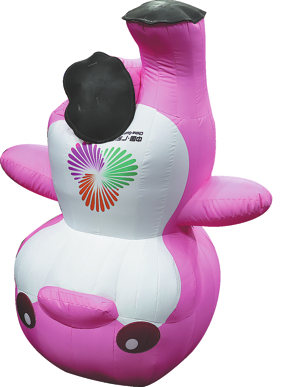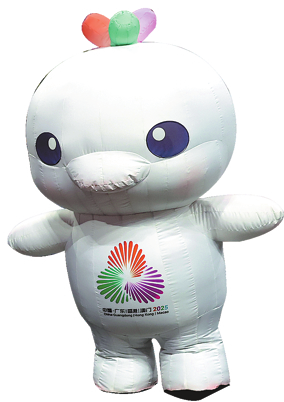National Games viewed as window to experience modern China
Cross-boundary visitors impressed by convenience, everyday application of technology


Cultural integration
The young athlete also stocked up on merchandise to remember his experience.
He bought several pairs of the popular games mascots, Xiyangyang and Lerongrong, which were inspired by the Chinese white dolphin, a resident of the Pearl River Estuary and classified as a grade 1 national key protected species.
Official data showed that the total sales revenue of the 15th National Games commemorative merchandise had surpassed 680 million yuan ($95.7 million) as of Tuesday, an indication of the IP's popularity with the public, according to cctv.com.

For the first time in its history, the National Games are being co-hosted, with Guangdong, Hong Kong and Macao sharing events and facilities. The successful joint hosting of the games, which conclude on Friday, has been made possible by the highly-connected infrastructure, and deeply-integrated systems in the Guangdong-Hong Kong-Macao Greater Bay Area, experts and officials said.
Kinki Chan said the high degree of integration in several areas gave her a better understanding of the mainland's development.
She noticed, for example, the promotional materials and direction signs at games events used simplified Chinese, traditional Chinese, and English to meet the needs of spectators from different regions. The venue staff members include volunteers from Hong Kong and Macao, helping ensure the smooth running of events.
Young people from both SARs were able to experience first-hand the vibrancy and opportunities in mainland cities, she said. "In the future, I hope the three places can further cooperate, and roll out more projects on culture, sports and tourism to deepen integration," she said.
























